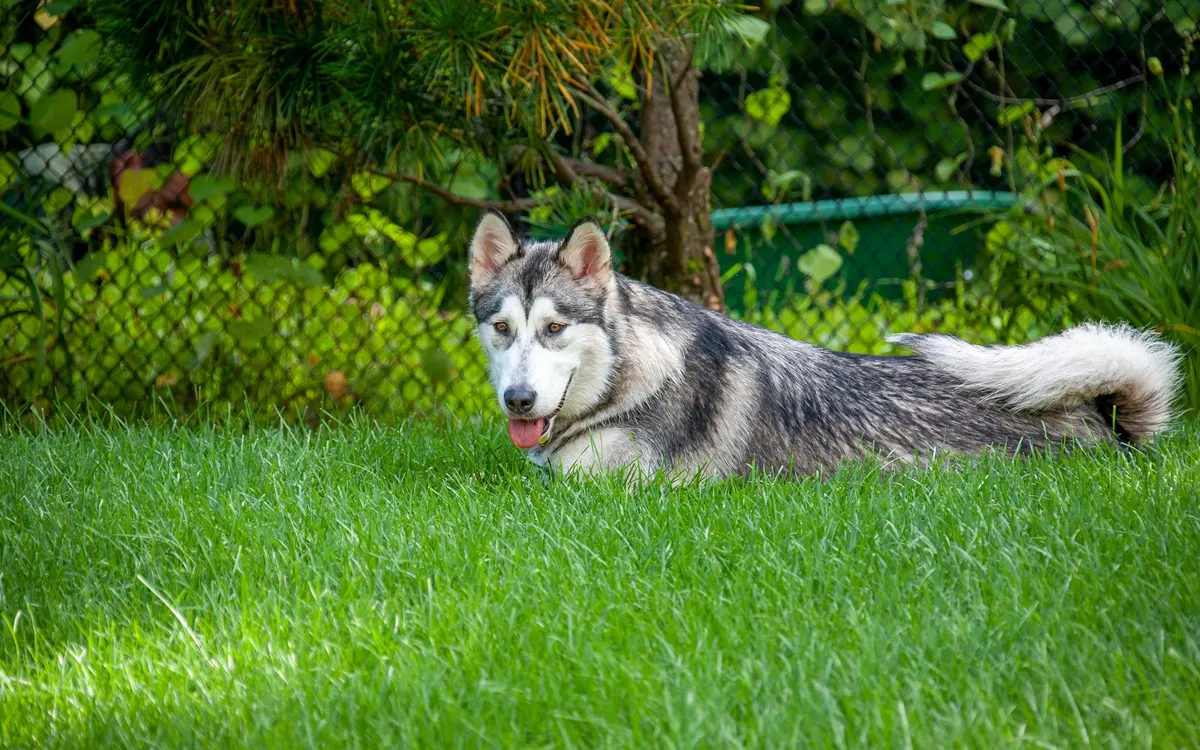Every day, my happiest moment is coming home and chatting with my dog.
During this time, my dog, of course, is in a bit of a confused state. Even though it doesn’t understand what I’m saying, it still patiently stays with me.
Likewise, dogs are emotional creatures who can’t speak, but they long to be understood by their owners. So, as a good dog parent, learning to understand your dog’s language and the meaning behind its expressions and needs is crucial. This will help your dog trust you more.
What? Worried you can’t understand your dog’s “barking language” or can’t tell what your dog wants? Don’t worry! Despite their barking, most dogs use body language and facial expressions to convey their emotions. If you can read their body language, you can understand them even without knowing “dog language.”
Table of Contents
Relaxed and Confident
A dog wagging its tail calmly, with its head slightly raised, mouth slightly open, and tongue sticking out, is relaxed and confident. This type of dog is comfortable with its surroundings and people, and you can safely approach it. The dog is saying, “I’m cute and friendly. Come pet me!”
Happy and Excited
When a dog lowers its body, elbows touching the ground, raises its rear end, has soft ears pointed backward, and wags its tail, it’s showing excitement and inviting you to play. The dog is saying, “Come on, let’s play!”
Anxious and Nervous
A dog may curl up, trying to make itself look smaller, lower its rear end, keep its tail still, and show the whites of its eyes. Its head will lower, lips pulled down, and eyes may avoid direct contact. If the dog is particularly anxious, it might yawn, pace, shake, sniff around, urinate, or tremble. The dog is saying, “I’m scared and nervous!”
Alert and Guarding
When a dog’s ears are pointed forward, eyes tense, brows furrowed, mouth closed, and lips pulled back, it may be accompanied by a low growl. The dog’s neck fur may stand up, tail might be straight and stiff, and it may lean forward, staring at a target. This indicates the dog is on high alert. The dog is saying, “I’m watching you! What are you up to?”
Angry and Aggressive
An angry dog will hold its tail high and stiff, with its back fur standing up. Its face will show an aggressive expression, bared teeth, and it may make growling noises. The eyes may turn intense, and its ears will be pinned back. The dog may crouch, ready to pounce. The dog is saying, “I’m going to bite you!”
Submissive and Yielding
A dog that turns its body sideways, lays down, shows its belly, with tight lips, ears pressed down, and head tilted, is showing submission. The dog is saying, “You’re the boss. You’re in charge!”
Conclusion
In the dog’s world, there’s more than just these common body language signals. Many small emotions and feelings are constantly going through their little minds. As a dog owner, it’s essential to observe and understand these signals.
In short, to learn “dog language,” you need to pay attention to your dog’s whole body, including its movements, behavior, and the situation around it. If you really can’t figure out what your dog is trying to say, congratulations—you might have a “crazy” dog on your hands! But hey, that’s okay—soon, you’ll not only learn to understand dog language, but you’ll also be able to communicate with your quirky, unique pet.









Add comment